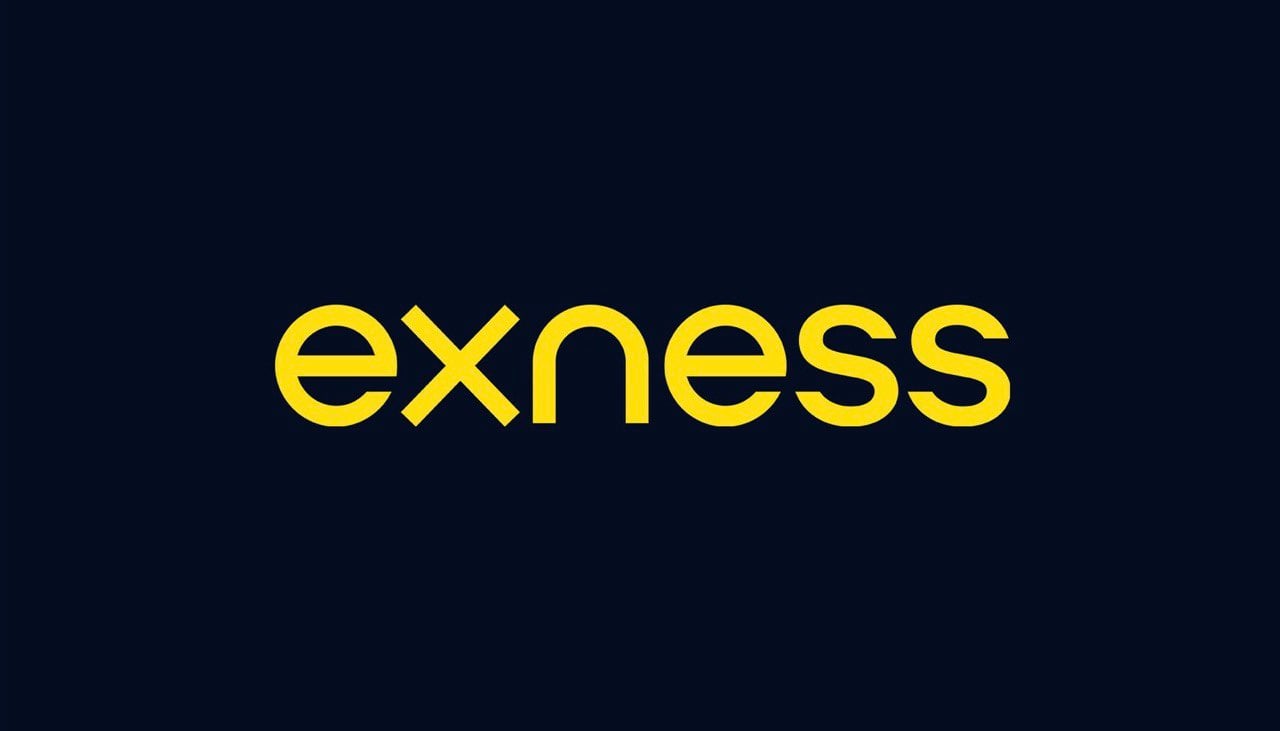Weekly data: Oil and Gold: Price review for the week ahead.


This preview of weekly data examines USOIL and XAUUSD, where economic data expected later this week are the primary market drivers for the near-term outlook.
Highlights of the week: BoC, BoJ, ECB, and Fed interest rate decisions, European GDP, German preliminary inflation, and Chinese manufacturing
Wednesday
- Bank of Canada interest rate decision at 13:45 GMT. The market consensus is that the Bank of Canada will proceed with another rate cut, lowering the current rate from 2.5% to 2.25%. If the expectations are confirmed, there might be some minor losses for the loonie in the short term.
- The Fed’s interest rate decision at 18:00 GMT is broadly expected to proceed with a 25-basis-point cut, reaching 4%. According to the , there is a 97% chance of a 0.25% cut; therefore, it’s pretty sure that the rate cut will take place, but the significant part is the subsequent press conference, where market participants will try to get some hints as to the future direction of monetary policy.
Thursday
- Bank of Japan Interest rate decision at 03:00 AM GMT. The market consensus is that the rates will remain static at 0.5% while in the unlikely scenario of any shift away from this figure will create volatility on the yen pairs.
- Flash European GDP growth at 10:00 AM GMT, where both the quarterly and the annualized figures are released for the third quarter. Quarterly data is expected to remain static at 0.1%, while the yahead data is expected to decline to 1.2% down from 1.5%. In the event of any unexpected difference in the actual publication, it may create some volatility in the Euro pairs around the time of the release.
- Preliminary German inflation rate at 13:00 GMT. The market consensus for October is for a decline of around 0.2%, reaching 2.2%. If this is broadly accurate, then it could influence the European inflation figure on the following day.
- ECB Interest rate decision at 13:15 GMT. The market consensus is that the European Central Bank will take a pause at 2.15%. If there is a surprise rate hike, the Euro might find support against other major currencies, while a cut might result in some losses in the short term. Investors and traders are instead focused on the subsequent press conference following the release, which will provide possible insights into the monetary policy steps ahead.
Friday
- NBS manufacturing PMI at 01:30 AM GMT, where the expectations are for a slight decrease reaching 49.6 points. If the expectations are correct, it would mean that state-owned firms might be performing worse but have yet to reach the 50-point level, indicating that the manufacturing sector of the NBS survey may still be shrinking and likely has an impact on production-related products, such as oil, natural gas, and silver.
- The European flash inflation rate is expected to be released at 10:00 AM GMT, with the figure for October anticipated to decrease from 2.2% to 2.1%. This might not have a significant effect on the Euro initially, due to the very minor change, and also because it is flash data, meaning it’s not the final, official rate.
USOIL, daily
Oil prices advanced as signs of progress in U.S.–China trade negotiations lifted market sentiment and improved the outlook for global energy demand. The easing of tariff threats and plans for a potential meeting between Presidents Trump and Xi have strengthened hopes for a trade deal, calming risk assets across markets. At the identical time, U.S. sanctions targeting Russia’s largest oil producers added a modest geopolitical risk premium, providing further support to prices.
However, persistent concerns about oversupply remain, with OPEC+ members continuing to raise output, and fragile demand projections weighing on sentiment. While optimism around trade is providing short-term support, the broader backdrop of abundant supply and sluggish consumption is likely to keep gains limited.
On the technical side, the crude oil price has corrected to the upside later than finding support on the lower band of the Bollinger Bands, which are still quite expanded, indicating that there is sufficient volatility in the market to support any significant moves in the upcoming sessions. The 50-day SMA is still trading below the 100-day SMA, validating the overall bearish trend despite the recent bullish correction. The Stochastic is pushed near the extreme overbought levels, hinting that a bearish correction might be viewn going forward, and if this scenario plays out, then the first area of support might be found around the $60 price mark, which is the psychological support of the round number as well as the 38.2% of the Fibonacci retracement level. In the event of a further move lower, the next support area might be viewn around $58, which corresponds to the 23.6% Fibonacci level.
Gold-dollar, daily
Gold prices declined later than their first weekly loss since mid-August, as optimism over a potential U.S.–China trade deal reduced demand for secure-haven assets. The two nations signaled progress toward an agreement that could ease global economic and geopolitical risks, prompting investors to trim positions in gold later than its rapid surge to record highs. The metal’s sharp rally in recent months had been driven by central bank purchases and investor hedging against fiscal instability, but signs of overbought conditions triggered a pullback.
Despite the retreat, gold remains one of the top-performing assets this year, still supported by structural demand and expectations of lower interest rates. The Federal Reserve is widely anticipated to cut rates again, while the European Central Bank and the Bank of Japan are expected to hold steady. A deeper correction could restore balance to the market, with many viewing moderate declines as healthy later than months of parabolic gains.
From a technical perspective, the price of gold corrected significantly last week and is continuing its bearish trajectory. The moving averages continue to validate the overall bullish trend, while the Bollinger Bands are contracting somewhat in the latest sessions. These are clear signs that the bullish trend is ending for now, and it remains to be viewn to what extent the bearish correction will hold. On the other hand, the Stochastic oscillator is in extreme oversold conditions, which is the only sign that the bearish correction might not hold for long. In any case, the areas of potential support might be the $3,970 and $3,850 price marks, which correspond to 38.2% and 50% of the weekly Fibonacci retracement levels.
Disclaimer: The opinions in this article are personal to the writer and do not reflect those of Exness or Finance Feeds.
Disclaimer: This sponsored market analysis is provided for informational purposes only. We have not independently verified its content and do not bear any responsibility for any information or description of services that it may contain. Information contained in this post is not advice nor a recommendation and thus should not be treated as such. We strongly recommend that you viewk independent financial advice from a qualified and regulated professional, before participating or investing in any financial activities or services. Please also read and review







